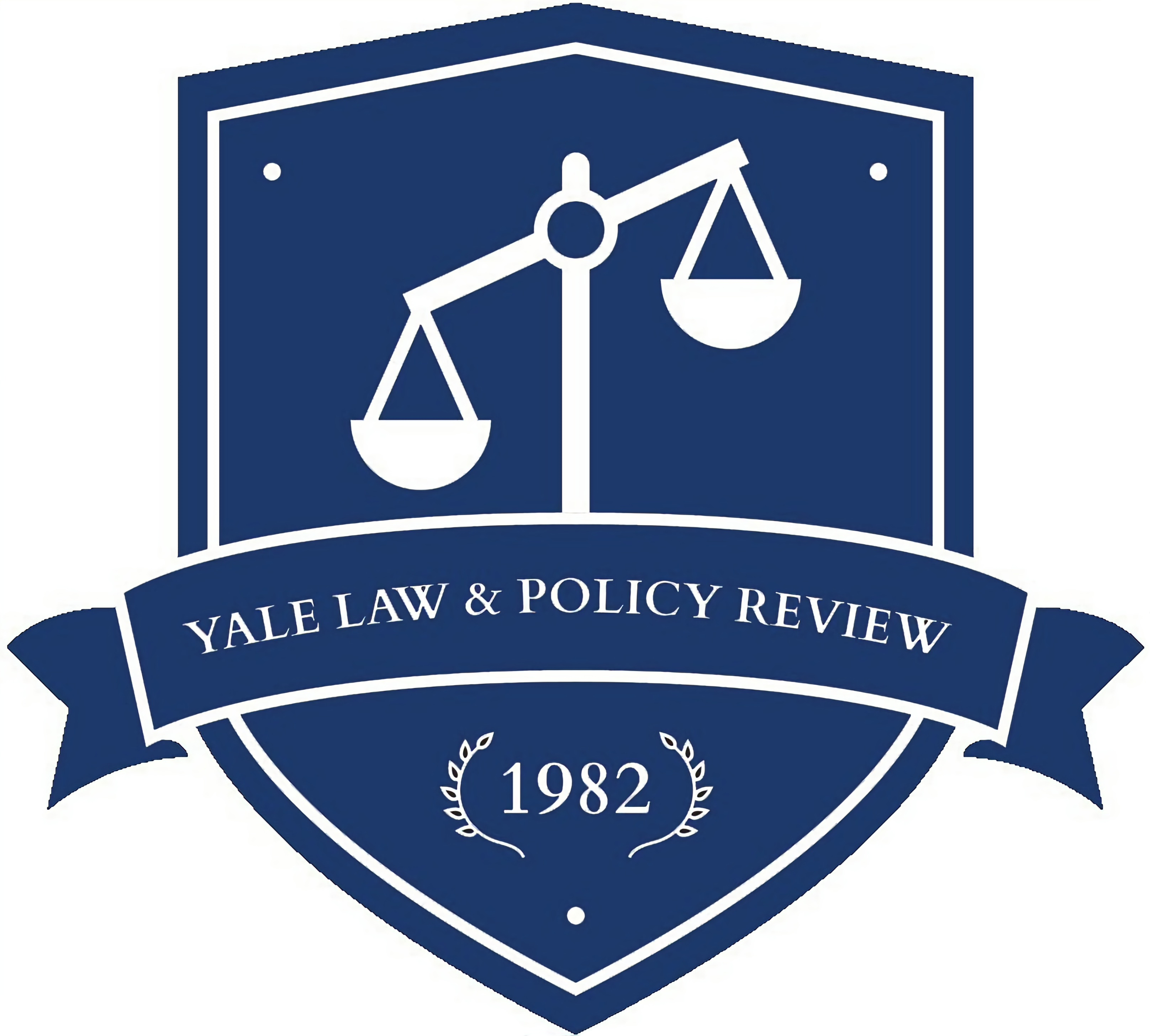It has long been understood that public utilities, and especially sewers, play a powerful role in shaping patterns, rates, and forms of urban development. But decisions about whether and where to build this “growth-shaping” infrastructure are largely left to local communities, who frequently resist sewer expansions in order to keep development down and new residents out. Nevertheless, housing advocates too often focus solely on the effects of local exclusionary zoning policies, without also interrogating the underlying planning decisions that have created the lack of infrastructure used to justify these policies.
This Note attempts to bridge that gap. State and federal interventions promoting sewer construction in high-demand areas offer a potent, yet underutilized, tool to address the United States’ housing crisis. While the federal government has recently signaled its interest in pursuing such a policy, its past interventions in local wastewater development have created more problems than they have solved. These prior efforts have created a backlash against sewer projects by flooding states with money and encouraging haphazard development. As the United States faces concurrent calls to both build new housing and upgrade its failing infrastructure, current policymakers should learn from this history to design new programs that promote wastewater development in targeted high-demand areas through both financial incentives and penalties.
Yale Law School, J.D. 2023. Thanks to Professors Anika Singh Lemar, David Schleicher, and Robert Ellickson, to Tim Hollister and Mark Branse, and to the editors of the Yale Law & Policy Review for their invaluable comments and feedback on this Note. All errors are my own. Much love to Laura Hatt for her support throughout this project and for patiently tolerating many dinner-table conversations about sewers and septic tanks.
